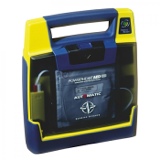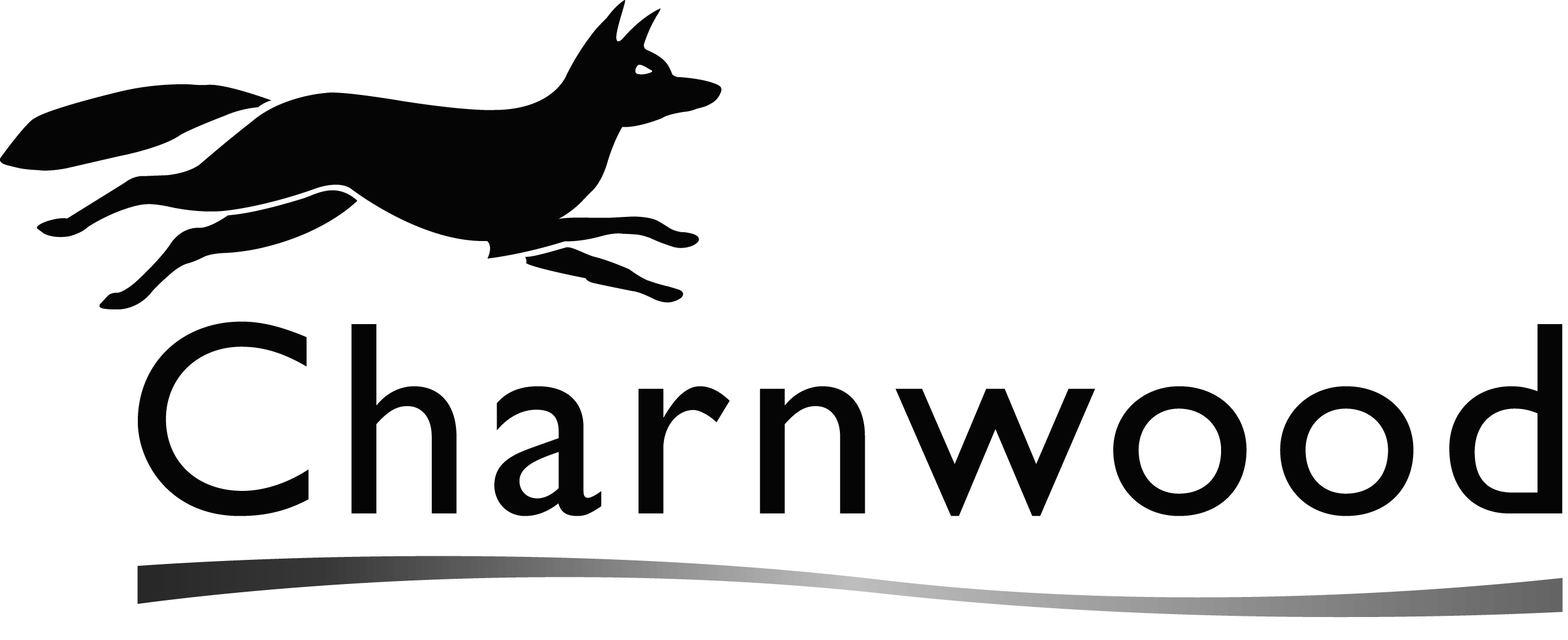Information
-
Document No.
-
Audit Title
-
Client / Site
-
Conducted on
-
Prepared by
-
Location
-
Personnel
1. General Information
-
c. Are all means of egress clear?
-
a. Are Hazard warning stickers and restricted access signs posted and legible?
-
b. Is emergency contact information posted and legible at the lab entrance and near telephone(s) (i.e supervisor's name and number, dept. number, EHS number and 911?
2. Chemical Hygiene Plan
-
a. Is the Chemical Hygiene Plan accessible in the lab?
-
b. Has the plan been reviewed by all lab workers?
-
c. Is lab-specific safety information in the plan being updated annually?
3. PPE/Personal Hygiene Practice
-
a. Is the appropriate PPE available (i.e gloves, face shields, goggles, safety glasses, etc.)?
-
b. Are safety glasses worn when hazards to the eye are present? (I.e pressure hazards, centrifuges, chemicals, boiling liquids, bloodbourne pathogens, UV light, or other hazardous processes stated n the CHP).
-
c. Are gloves removed when leaving the laboratory (unless necessary)?
-
-
e. Is proper attire worn (i.e no sandals, or shorts without lab coat)?
-
f. Is hand washing soap and disposable towels available?
4. Electrical
-
b. Are Relocatable Power Taps being used properly and within limitations?
-
c. Are Ground Fault Circuit Interrupters (GFCI) installed within 6 feet of any water source?
-
-
a. Are extension cords being used properly and within limitations?
5. Chemical Storage
D. Compressed Gases
-
a. Are cylinders stored properly and capped if unused?
-
b. Are cylinders properly labeled and secured?
-
E. Peroxide Formers
-
a. Are peroxide forming chemicals being labeled with appropriate dates (received, opened, and 6 month test date)?
F. Reactives
-
a. Are air, water, light, etc. reactive chemicals stored appropriately?
A. Containers and Labeling
-
d. Are chemical storage container labels legible?
-
a. Are chemical storage containers compatible, appropriate, and in good condition?
-
b. Are breakables being stored away from shelf edges and at or below eye level?
-
c. Are chemical storage containers labeled appropriately?
B. Storage Areas
-
a. Are chemicals being segregated and stored with compatible or like chemicals? (i.e segregation of flammables and oxidizers; nitric acid and acids; acids and bases etc.)
-
b. Are storage cabinets and shelves in good condition?
-
c. Are chemical storage areas identified with signs? (i.e flammables, corrosives, poisons, etc.)
C. Flammable Chemicals
-
a. Is the total volume of flammable liquids less than 15 gallons per lab?
6. Waste Management
-
-
b. Is chemical waste picked up regularly?
-
c. Are waste bottles stored in such a way they cannot be kicked or knocked off a bench or shelf?
-
d. Are waste bottles properly labeled?
7. Housekeeping
-
c. Is there adequate space to perform work safely?
-
-
e. Are aisles free of clutter and is there at least 36 inches of clearance?
-
f. Is there at least 18 inches of clearance from the ceiling in regard to storage?
-
-
h. Are needles and syringes being stored appropriately (if applicable)?
-
a. Are floors, walls, work benches, etc clean?
-
b. Is the lab neat and clean in appearance?
8. Chemical Fume Hood
-
-
b. Is the sash placed in the proper position when not in use?
-
c. Are lab employees trained in hood use?
9. Physical Security
-
a. Are lab doors locked when not in use?
-
b. Is a list of authorized lab personnel posted near the entrance?
10. Emergency Management
-
a. Are eyewash and showers available?
-
b. Have they been tested within the last 30 days?
-
c. Is a spill kit available?
-
d. Is a first aid kit available?
11. Recordkeeping/ Training
-
-
g. Has the Annual Renewal of Protocol been filed?
-
h. Is the Chemical Hygiene Plan available to all laboratory personnel?
-
a. Have lab personnel been trained in general laboratory safety?
-
b. Have laboratory personnel been trained on all aspects of the Chemical Hygiene Plan?
-
c. Are lab personnel knowledgeable about how to report an accident/injury?
-
d. Has the laboratory specific Chemical Hygiene Plan been updated annually?
-
e. Are exposure incident reports maintained and kept up-to-date?










